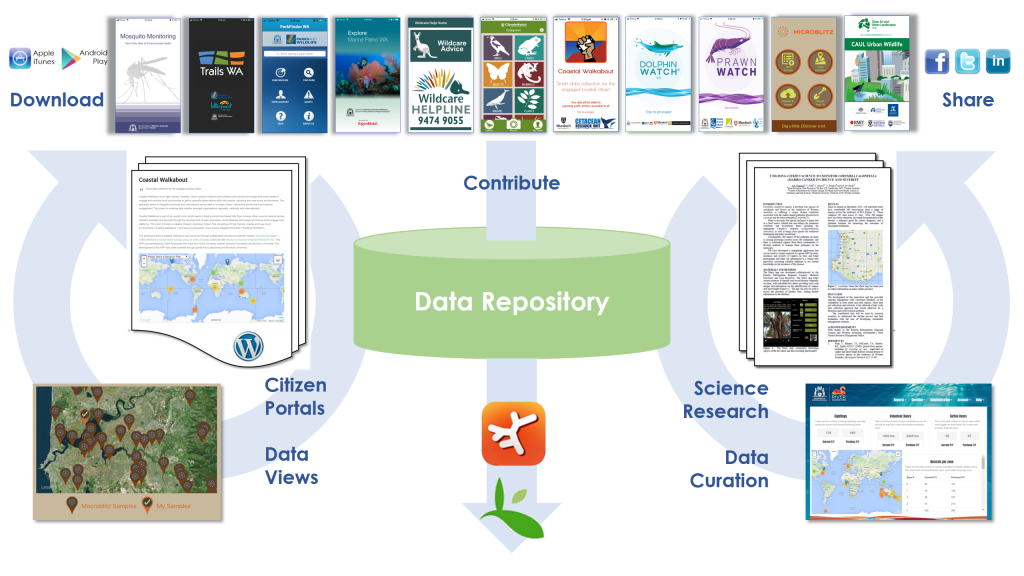I am in Adelaide this week attending the second Australian Citizen Science Conference (#CitSciOz18). Today I’m presenting a speed talk entitled Citizen Science Project Design and Continuous Engagement Strategies, and the abstract reads:
Citizen Science projects should be designed from the start with the desired outcomes clearly enunciated. These outcomes should not just consider the needs of project sponsors, data recipients or authors, but aim at delivering satisfactory outcomes for the contributing citizenry.
Engagement strategies are possibly the most critical part of a successful Citizen Science project. Without an engaged volunteer cohort who understand how to collect and contribute high-quality data, and continue to do so, most projects will fail to deliver successful outcomes.
Methods for recruiting, engaging, and retaining citizen scientists will be discussed, especially with respect to project design and delivery. Case studies will be used to exemplify some of the more successful strategies.
The accompanying poster illustrates the way good tech design can simply enhance good engagement strategies, as summarised in this diagram.
In our experience working with a range of citizen science projects over the years, the most successful projects implement a range of continuous engagement strategies to ensure their volunteers receive timely feedback about their submissions, and can see their efforts contributing in a meaningful way to the science.
Immediate engagement
|
Sustained engagement
|
You can follow my reporting of #CitSciOz18 on our Facebook or Twitter feeds, or if you’re at the conference come and chat with me any time — I will be with the poster during the session on Thursday afternoon, too.
If you’d like to know more about how we can help you with developing a citizen science program, or how a smartphone app could improve your community engagement and scientific data capture, then please leave a comment below – or email me directly via alex.chapman@archive.gaiaresources.com.au.
Alex


Comments are closed.